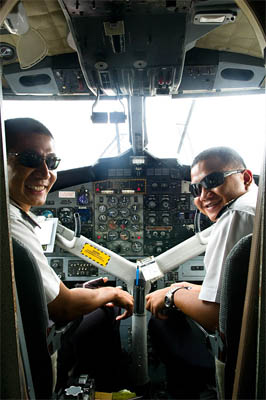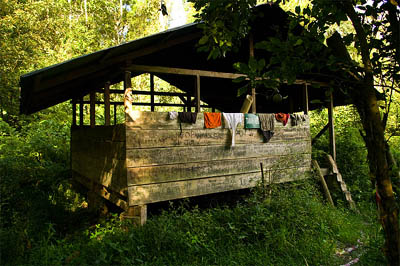MALAYSIAN BORNEO IS STRAIGHT out of an explorer’s dream. It’s home to the tallest mountain in South East Asia, the largest underground cavern in the world, and mile after mile of wild rain forest.
If it’s adventure you’re after, bypass the glitzy dive resorts and golf courses in the northern province of Sabah and head south to the jungles of Sarawak for some trekking.


